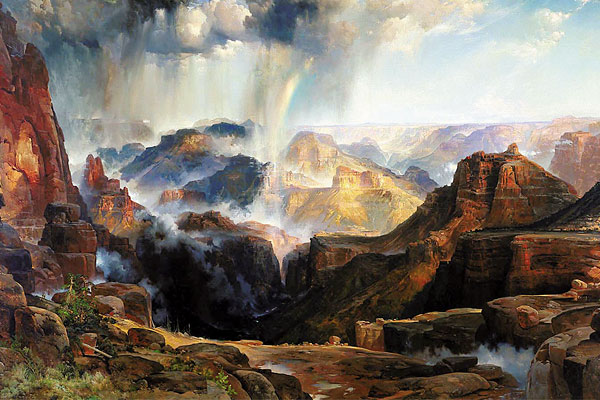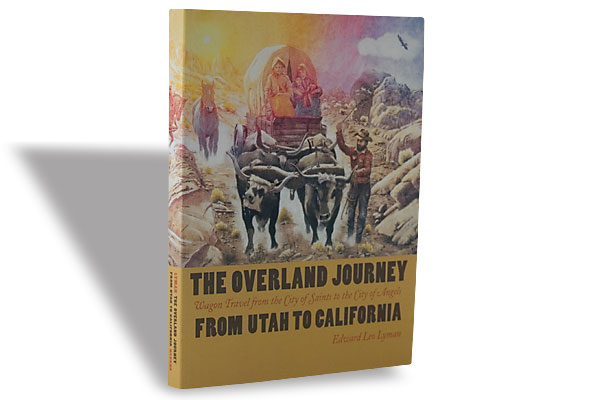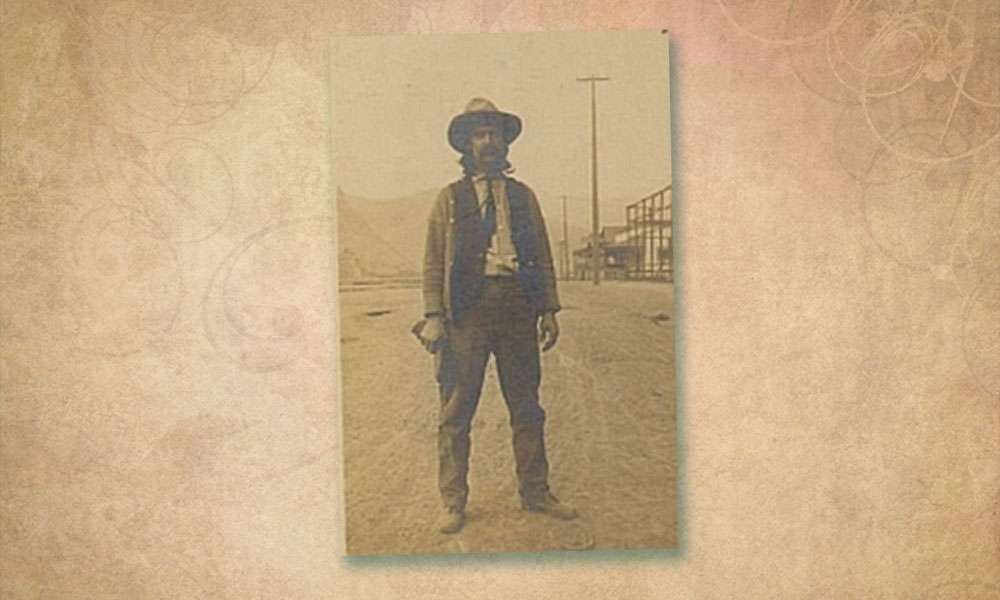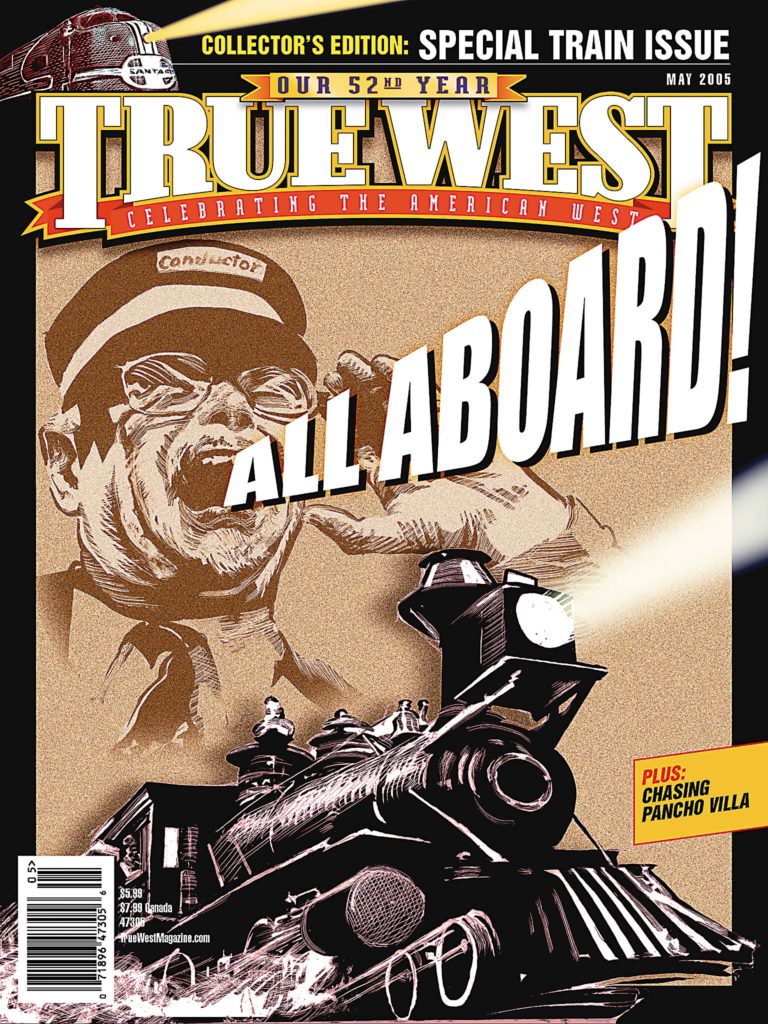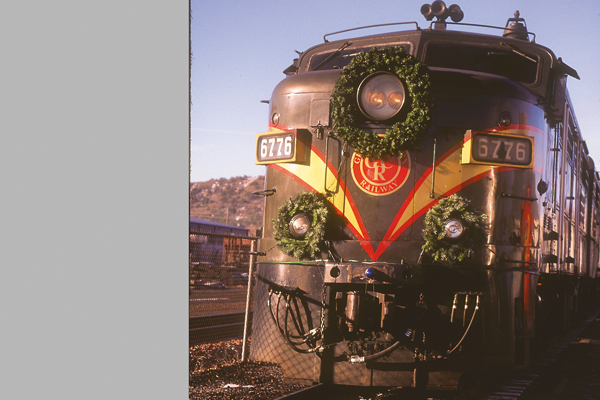 Just as travelers have done since 1901, you can arrive at one of the most beautiful places on earth via train, thanks to the Grand Canyon Railway.
Just as travelers have done since 1901, you can arrive at one of the most beautiful places on earth via train, thanks to the Grand Canyon Railway.
Until 1927, the train was how most people arrived at the Grand Canyon—aboard a steam engine of the Atchison, Topeka and Santa Fe Railway. But in 1968, as private automobiles became the preferred mode of travel, the trains stopped. They would have stayed stopped except for the time, love and finances of Max and Thelma Biegert—they reopened the train service on September 17, 1989, exactly 88 years after its debut trip. Since then, this exciting route has drawn more than 180,000 passengers a year, making the Grand Canyon Railway a major employer in Northern Arizona.
From the moment you leave historic Williams until your arrival at the South Rim of the Grand Canyon and the only rail depot within a national park, you’ll know you’re on a special journey. Theodore Roosevelt once called the Grand Canyon, “The one great site every American should see,” and he was right.
Just a few feet from the train depot, you can look a mile down into a five-million-year-old canyon that averages 10 miles of width and 277 river-miles in length. Every few seconds, as the sun moves across the planet and clouds play in the clear Arizona sky, this purple, pink, orange, green, yellow, red, magenta, brown, black, amber canyon changes—it’s like a picture constantly being repainted before your eyes.
The trip starts in Williams, built at the base of Bill Williams Mountain—named for the fabled mountain man, William Sherley Williams. (His expedition was lost when it reached this spot in 1851, so no one is sure Bill ever saw his namesake mountain.)
The town itself has always been associated with travel: it was founded as a railroad town in 1882 (and quickly earned a reputation as a rough frontier hangout). As roads were built, the one leading to and from Williams was first known as the Old Trails Highway but later became the famed Route 66. So it seems apropos that Williams today is best known for the tourist train that runs out of its antique depot.
Originally, this depot was one of the famous Fred Harvey houses, named for the restauranteur who provided decent food and decent young ladies to serve it all along the railroad lines. It is the largest and oldest poured-concrete building in Arizona.
A few years ago, the Grand Canyon Railway Hotel was built adjacent to the depot—a 297-room facility where many travelers spend the night before their 10 a.m. departure.
That gives them time to have breakfast and catch a Wild West shoot-out before the train whistle calls. The shoot-out’s a funny, campy skit meant for maximum laughs by young and old alike.
From Memorial Day weekend though Labor Day, you’ll be boarding cars pulled by steam engines, while vintage diesels run the rest of the time. In coach class ($58 for adults; $25 for children), you’ll ride in restored 1923 Harriman-style Pullman cars where seats are reversible, so riders can face one another.
On nice days, open the wood-framed windows for an un-obscured view of the hills, mountains and vegetation of the Kaibab Forest. You’ll see a farm or ranch here and there, and plenty of grazing cows, but you’ll be struck by how open and untouched much of this land seems. The friendly staff serves complimentary soft drinks and is eager to answer any questions about the scenery.
If you travel Club Class, you’re hunkered down at a mahogany bar where everyone becomes instant friends. Besides alcohol, soft drinks and snacks are provided ($79 adults; $45 children).
First Class travel ($116 for adults; $83 for children) provides oversized reclining seats with extra-large windows. These cars were built in the 1950s and are air-conditioned. In the morning, fresh juice and pastries are included, while the afternoon provides champagne and appetizers.
Two of the First Class cars also have upper-level glass domes. This is where you get the very best views of the unfolding landscape that grows progressively more forested as you approach the Grand Canyon ($137 for adults; $104 for children).
The Luxury Parlor Car replicates the grand tradition of elegance that the first passenger trains made famous. This car has a private bar, as well as a classic, open-air rear platform ($147 for adults; $114 for children).
You’ll arrive at the Canyon’s historic depot about 12:15 p.m. and have until 3:30 to explore, lunch, shop or take quick tours before boarding for the return trip to Williams.
Hint: The absolute best place to have lunch is the back porch of El Tovar Hotel, one of the first buildings ever built at the canyon and another of the famous Fred Harvey facilities. But only a few tables are available on the porch, so most people opt for the lovely dining room inside the hotel or for snacks on the run, giving them more time to shop and explore.
If you want more time at the canyon—and you probably will—the railway offers a variety of special packages that let you do just that. In fact, you can take the train to the Grand Canyon and stay four days before you again answer the call of “All Aboard.”
So here’s the question: After you’ve traveled up the tracks and seen the Grand Canyon, how in the world does the railway entertain you on the ride home?
Children became absolutely wild-eyed when bandits attacked the train on horseback. They came through the car, bandannas over their faces and six-guns drawn, and promised to be right back for all our valuables. But thankfully, the good sheriff caught up with them before they could do any harm.
Once safe and sound again, we were entertained by performers who know how to delight a crowd. Guitars and fiddles made merry music while the performers sang, kidded and told bad jokes.
The Grand Canyon Railway runs every day of the year except December 24 and 25.
During November and December, it also operates a special Polar Express train from Williams to the “North Pole.” To the delight of youngsters of all ages, the trip mirrors the famous book, complete with Santa-helpers in white chef hats, serving hot cocoa and cookies. About halfway through the one-hour round-trip, the train reaches the “North Pole,” a life-sized “town” aglow in Christmas lights. And here comes Santa Claus! He makes his way through each car, hugging the children and giving each one—just like the boy in the book—a magic sleigh bell. Last year, every one of the 40,500 available tickets were sold.
Information:
800-THE-TRAIN
www.thetrain.com


